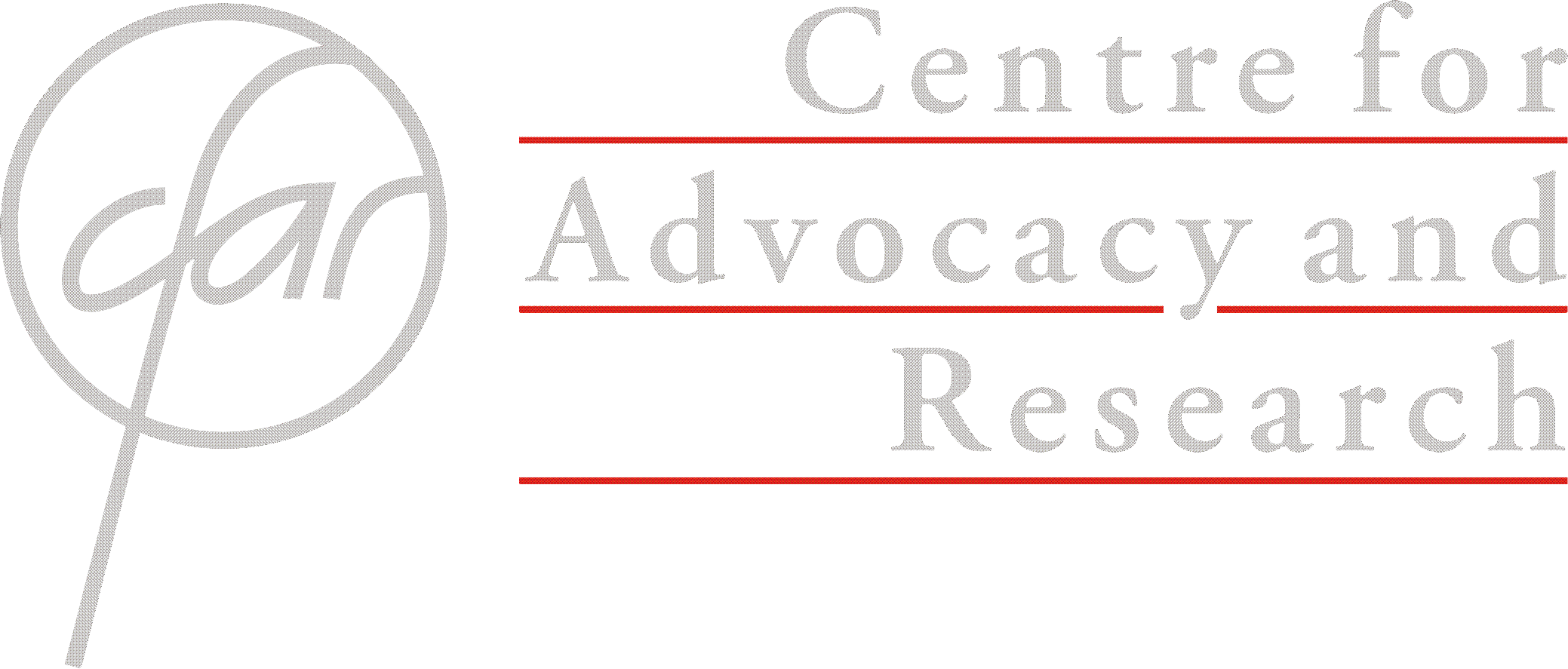Addressing violence against women and mitigating risk
Violence against women is a gross violation of women’s human rights. Much of the violence against women visible in India is in form of domestic violence. Given the strong ‘’son preference’’ in society women face violence for failure to produce a male child. This often results in the pregnant woman being pressurized directly or indirectly to go for sex determination tests.
To understand this facet of the violence that women face, CFAR undertook a qualitative study during the course of the project, to probe and to understand the nature, factors, manifestation and mechanisms used by women to cope with such violence and disempowerment.
The study found that violence on account of bearing a girl child affects women in their prime ages. Of the 40 women who were covered in the sample, majority of the respondents were married before attaining the age of 18. It was evident that most of the women had been living continuously with violence for years without any respite. 36 out of 40 women had given birth to girls as their first child. Women’s narratives brought out the various ways in which producing a girl child increased their vulnerability to violence and abuse. Violence generally began with day-to-day discriminations in food, clothing, denial of access to basic healthcare (both for the woman and her child), low intensity taunts. It often escalated to high degree violence including physical abuse, torture and tormenting in many cases.
The study also noted that incidence of violence does reduce once the woman takes an action against it by reporting or making it public. Once the woman decides and acts against the violence she is facing, what proves crucial is her awareness of laws and rights. This helps the woman cope and negotiate adversities better. The role of service providers like Sathin, ANM, AWW was seen as crucial in addressing the violence face by women. The study clearly pointed out that while lack of awareness on their rights and entitlements among women is a major disabling factor, what further compounds the problem is a similar lack of knowledge, skill and capability among the cadre of functionaries deputed to address violence. Some of the recommendation made in the study includes:
|
This issue was also addressed by some of the women sarpanches in Sikar, Dausa and Jaipur. To mitigate this nature of violence they formally announced the constitution of committees to protect women who bear girls and harassment. They decided to induct the Sarpanch, ward panch, AWW, ANM, ASHA and Sathins in their committees.( CFAR , Newsletter. July 2012)
“One incident of violence was reported to me soon after I became the Sarpanch. At that time I counseled the family and resolved the issue. But since then I felt the need for a committee to give protection to women facing such violence.” – Ratni Devi, Sarpanch,Thikariya , Jaipur
“There is an increase in violence against women and girls. Our panchayat is going to widely publicise the committee and address harassment related issues.”- Muli Devi Gurjar , Sarpanch, Bhankari, Dausa

